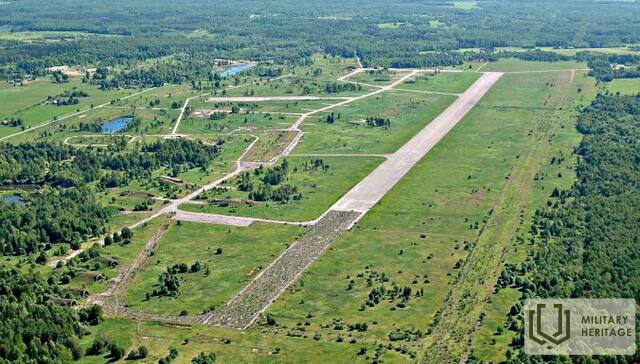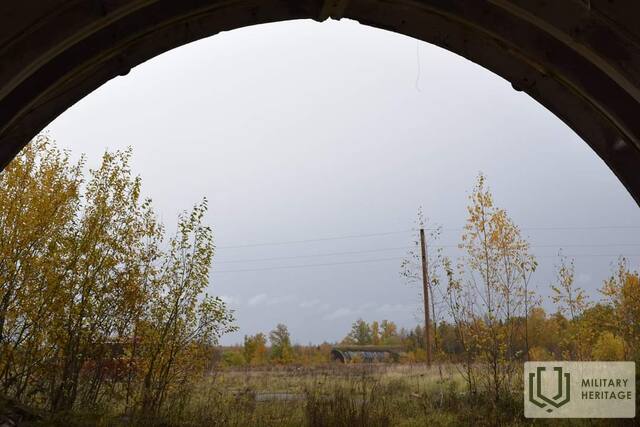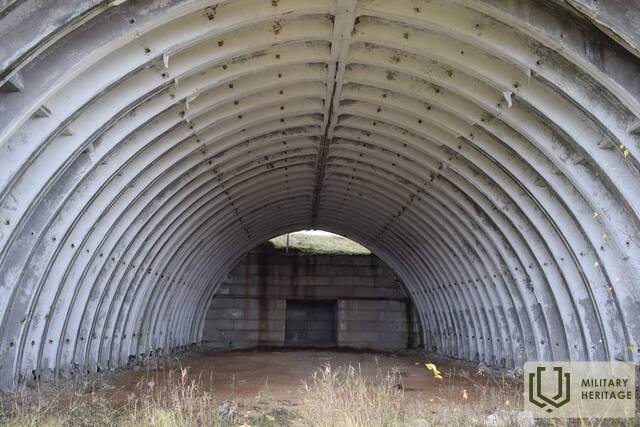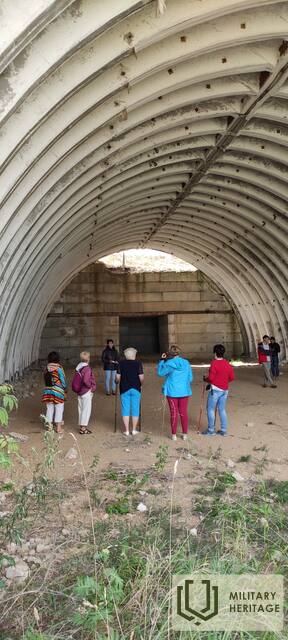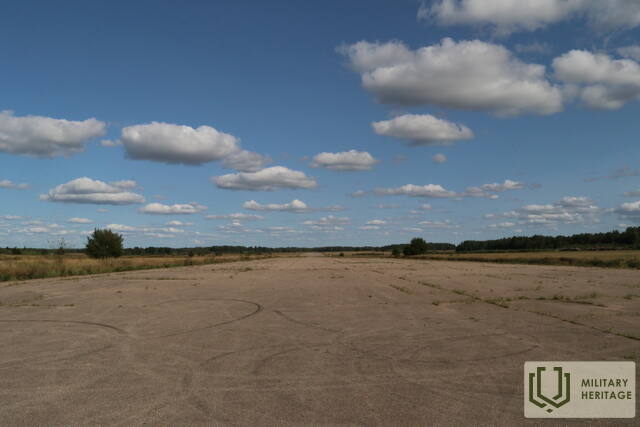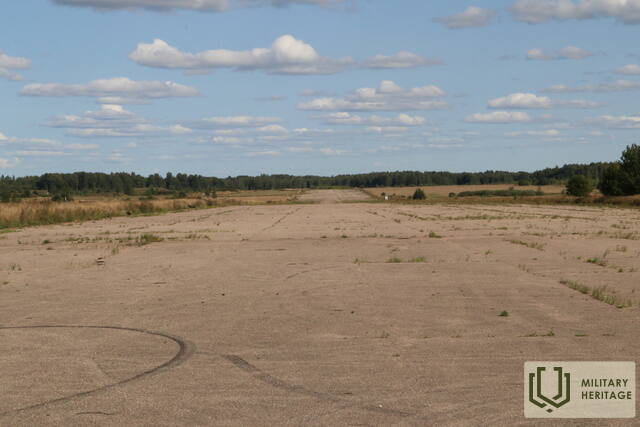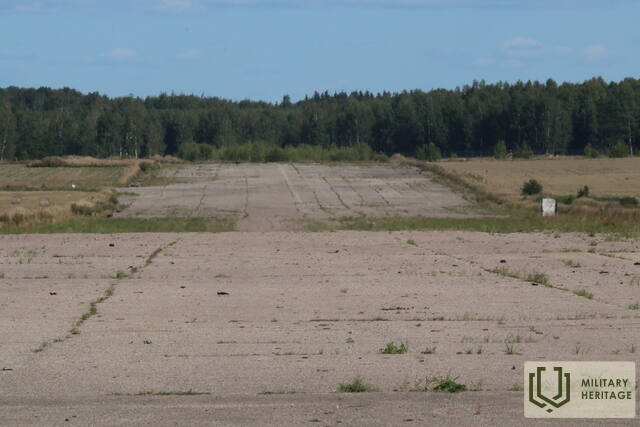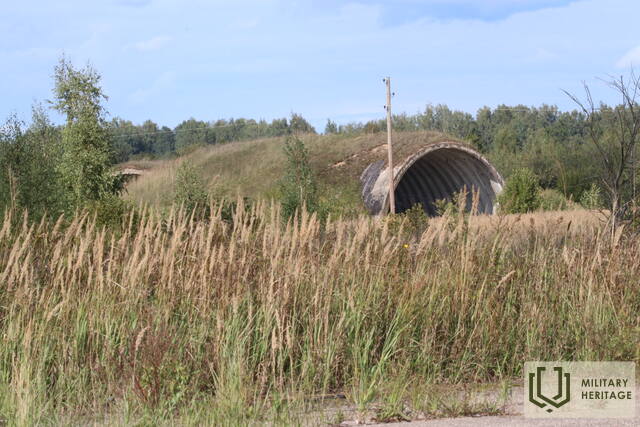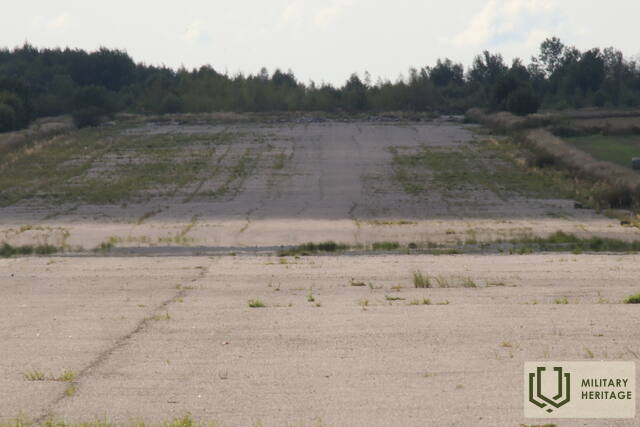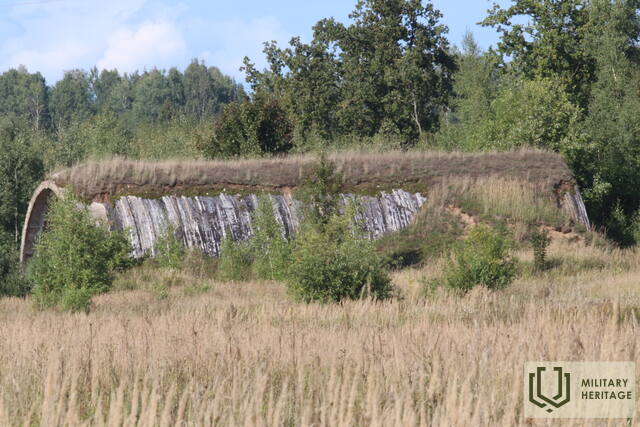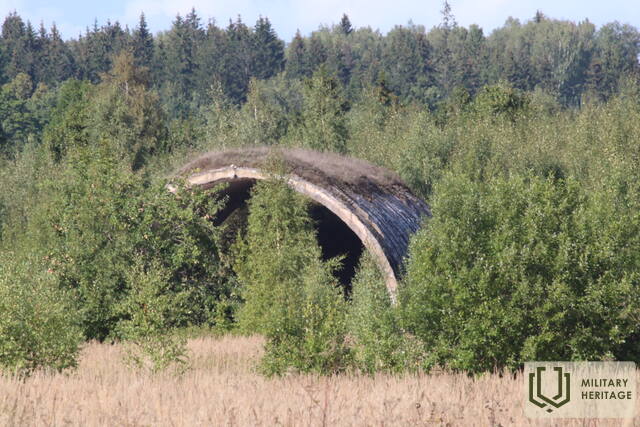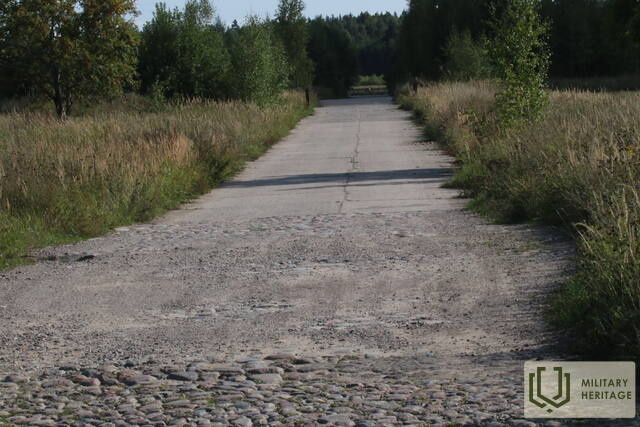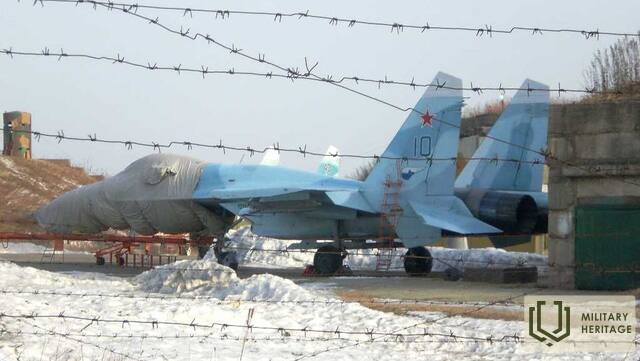Vainodės oro bazė Infrastruktūra

Vainodės aerodrome vis dar yra 16 sovietmečio orlaivių angarų ir 1800 m ilgio kadaise 2500 m ilgio tako atkarpa. Aerodromą galima aplankyti tik iš anksto užsiregistravus. Vainodės aerodromas buvo įkurtas Latvijos nepriklausomybės metais kaip vienas iš Latvijos aviacijos lopšių, o vėliau tapo vienu didžiausių karinių aerodromų Baltijos šalyse. 1916 m. buvo pastatyti du angarai Vokietijos armijos dirižabliams. Dirižabliai buvo naudojami žvalgybai rinkti ir Rusijos armijos pozicijoms bombarduoti. Vėliau Rygos miestas įsigijo dirižablių angarus ir panaudojo jų stogo konstrukcijas Rygos centrinio turgaus paviljonams pastatyti. 1940 m. gegužę į Vainodę persikėlė 31-asis Raudonosios armijos greitųjų bombonešių aviacijos pulkas ir pradėta standartizuoto betoninių plokščių tako statyba. 1944 m. vasaros pabaigoje nebaigtu aerodromu naudojosi įvairūs vokiečių aviacijos daliniai, tačiau Antrojo pasaulinio karo pabaigoje tą patį aerodromą naudojo Raudonosios armijos aviacijos daliniai, kovoję su vokiečių armijos grupuote „Kurzeme“. Po Antrojo pasaulinio karo Sovietų Sąjungos oro pajėgos Vainiodėje buvo dislokuotos iki 1992 m.
Panaudoti šaltiniai ir literatūra:
www.kurzemes-vards.lv
https://www.delfi.lv/turismagids/latvija/brivdienu-marsruts-iecienitakie-apskates-objekti-vainodes-novada.d?id=51579739&page=2
www.rct.lv
www.vainode.lv
Susijusi laiko juosta
Susijusios temos
Susijusi istorija
Reidas Vaiņodės aerodrome 1941 m
Vokiečių aviacijos antskrydžio Vainodės aerodrome 1941 m. birželį istorija
Rygos centrinio turgaus angarai
Tuo metu, kai buvo statomas Rygos centrinis turgus, jis buvo vienas moderniausių pasaulyje. Jis buvo pastatytas naudojant Pirmojo pasaulinio karo vokiečių armijos dirižablių angarų metalines konstrukcijas. Autorius aprašo Rygos centrinio turgaus statybos prielaidas ir statybos darbų apimtį, todėl tai buvo vienas ambicingiausių statinių pokario Latvijoje ir vienas moderniausių turgų pasaulyje.
Cīravos aerodromo istorija
Cīravos aerodromas – įkurtas Antrojo pasaulinio karo metu, sovietų naudotas kaip DOSAAF aerodromas, šiuo metu naudojamas žemės ūkio reikmėms ir pramoginėms kelionėms, o angare galima apžiūrėti sovietmečio orlaivius.
Jekabpilio oro uostas
Jėkabpilio aerodromas yra vienas iš karinių aerodromų Latvijos teritorijoje, kuris buvo sukurtas Nepriklausomos Latvijos laikotarpiu apie 1935 m. Po antrosios Latvijos Respublikos okupacijos 1945 m. aerodromas buvo pritaikytas SSRS oro pajėgų poreikiams.




